Environmental Engineering Reference
In-Depth Information
9.3.2
Food web
consequences of
harvesting fi sh -
from tuna to tiddlers
When dealing with harvest management (Chapter 7) I treated fi n fi sheries as if they
existed in splendid isolation as single-species fi sheries. In reality, of course, any fi sh
population exists in a network of competitive and predator-prey interactions so that
a fi shery-induced reduction in its density must have direct and indirect conse-
quences that spread through the food web. In this sense the fi shing industry can be
viewed as a keystone predator that affects the ocean food web from the top down,
reducing the abundance of favored large fi sh, and through a reduction in top preda-
tors allowing a proliferation of smaller species further down the food chain.
Ecosystem-based fi sheries models that take the reality of food webs into account,
while not replacing single-species approaches, are now very much part of the fi sher-
ies manager's tool box. Figure 9.6 shows just how intricate an ocean food web can
be. And another reality complicates the picture still further - different fi shing
methods, by preferentially catching particular species, can have different effects in
Longliners
Purse seines
Drift net
Other
Trail
Pole and Line
Turtle Egg
5.0
Lg. Sharks
Blue Marlin
4.5
Other Bitfish
Swordfish
Brown Sharks
Lg. Blue Shark
Lg. Albacore
Lg. Bigeye
Lg. Yellowfin
4.0
Sm. Blue Shark
Sm. Yellowfish
Lg. Loggerhead
Sm. Loggerhead
Sm. Albacore
Lg. Leatherback
Skipjack
Mahimahi
Lance
Sm. Bigeye
Sm. Leatherback
Sm. Scombrids
3.5
Flying Squid
Squids
Meso. Fish
3.0
Epi. Fish
Flying Fish
Jellyfish
2.5
2.0
Meso. Zoop.
Epi. Zoop.
1.5
Producers
1.0
Fig. 9.6
Ocean food web for the central north Pacifi c, where line thickness indicates energy fl ow. Phytoplankton, the
'producers', are eaten by zooplankton (Zoop) both in the epipelagic zone (Epi - near surface open water) and mesopelagic
zone (Meso - deeper water with little light penetration). Large and small (Lg, Sm) classes are distinguished for some big
taxa. Each taxon has a vertical position in the diagram that shows its position in the food chain. Producers have a trophic
level of 1, herbivores 2 and predators that eat only herbivores 3. But note that mixed diets lead to trophic level values that
are not whole numbers and fi sh can have trophic levels anywhere from 2 to a maximum of about 5. At the top of this food
web are shown six fi shing methods currently or historically deployed. The purse seine fl eet targets skipjack and yellowfi n
tuna while longliners harvest bigeye and yellowfi n tuna, but both also catch many other species. Pole-and-line fi shers and
troll fi shers go after skipjack and yellowfi n but take less by-catch. A relatively short lived driftnet fi shery targeted squid and
albacore until 1993. 'Other' gears include hand nets and small-meshed gill nets. (After Hinke et al., 2004.)















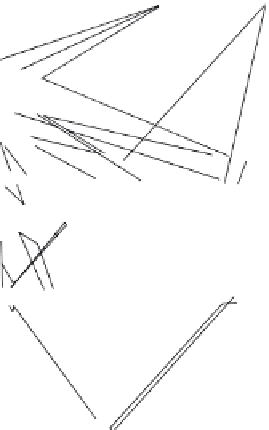


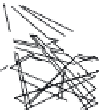








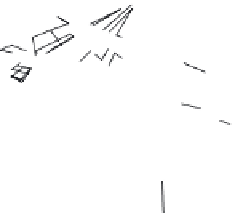



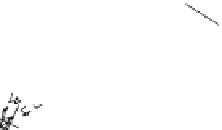




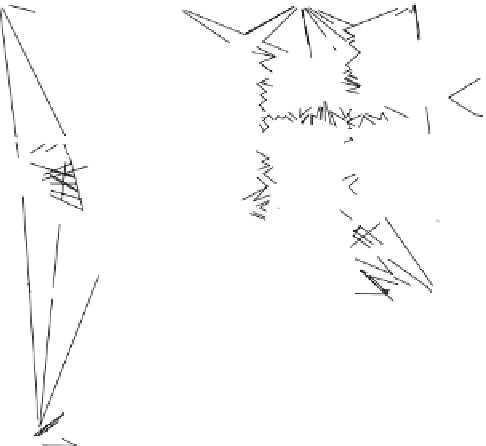








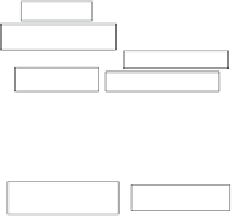











Search WWH ::

Custom Search